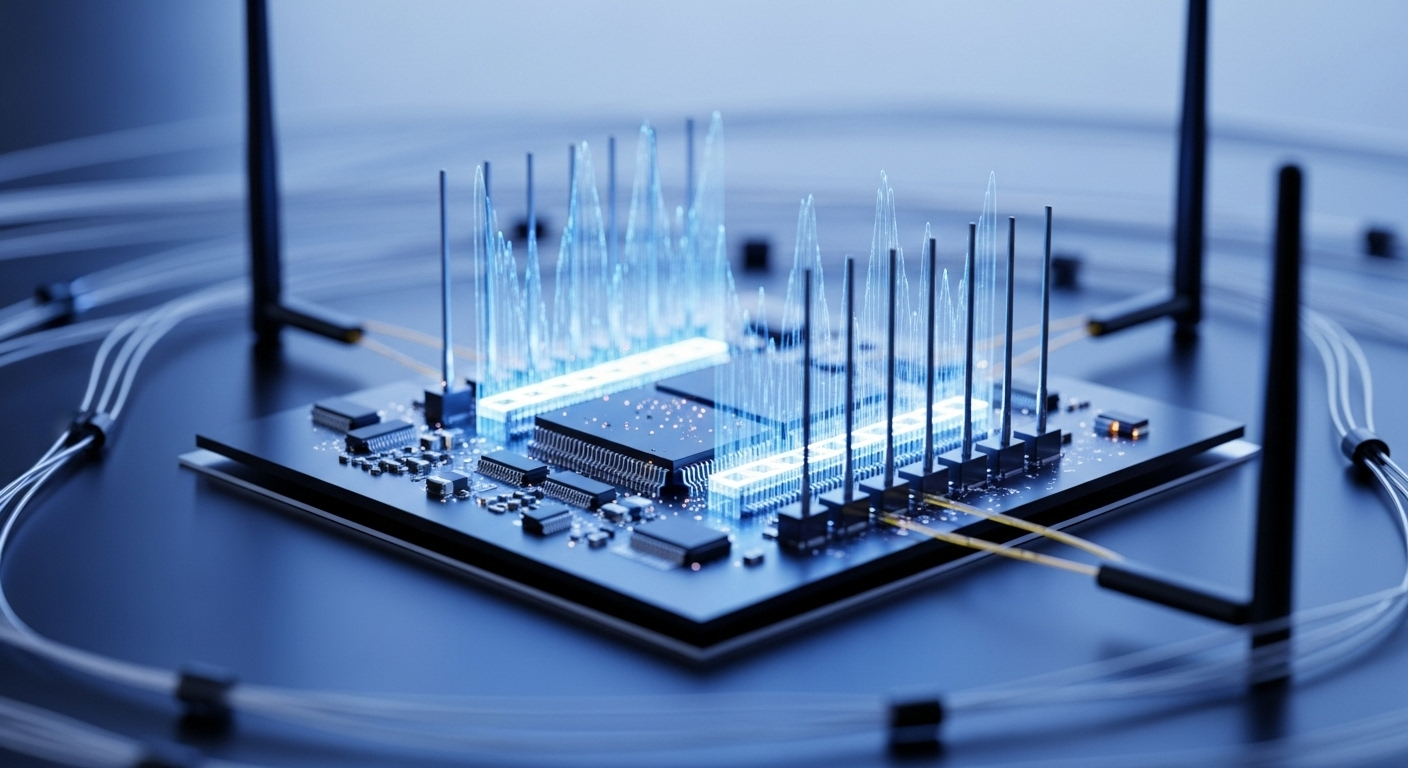Unravelling the Intricacies of Femtocell Technology
In the fast-paced world of telecom, femtocell technology is making waves as an emerging solution for improved indoor mobile coverage. This technology is not just enhancing connectivity but also transforming how we communicate. Let’s dive into the fascinating world of femtocells and explore its potential implications.

Unravelling the Origins of Femtocell Technology
Femtocells, also known as home base stations, are small, low-power cellular base stations. The concept of femtocells emerged around the early 2000s as a solution to address indoor coverage gaps. Mobile network operators soon recognized its potential for enhancing network capacity and started incorporating femtocell technology into their service portfolio.
The Current Landscape of Femtocell Technology
Today, femtocell technology is rapidly evolving, with advancements in device miniaturization and network integration. However, it’s not just about boosting signal strength. Femtocells are now seen as a critical element for the deployment of next-generation networks, enabling operators to deliver high-quality, seamless connectivity.
Delving into the Impact and Applications of Femtocell Technology
The impact of femtocell technology is not limited to the telecom industry. It’s also creating ripples in sectors like healthcare, retail, and home automation, enabling seamless machine-to-machine communication. However, the widespread adoption of femtocells is not without challenges. Network security, interference management, and device cost are some of the critical areas that need addressing.
Scrutinising the Research behind Femtocell Technology
The claims surrounding femtocell technology’s potential are grounded in extensive research. Studies demonstrate that femtocells can significantly improve network capacity, enhance indoor coverage, and reduce energy consumption. However, it’s crucial to note that these benefits can only be realized with proper network design and implementation.
Looking Ahead: The Future of Femtocell Technology
The future of femtocell technology looks promising. As telecom networks evolve, femtocells are expected to play a more significant role in delivering high-quality, reliable connectivity. With their potential to transform communication networks, femtocells are undoubtedly a technology worth watching.
In conclusion, femtocell technology represents a significant development in the telecom industry, promising to enhance connectivity and transform communication networks. The journey ahead is certainly exciting, and it will be fascinating to see how this technology evolves to shape the future of telecommunications.




